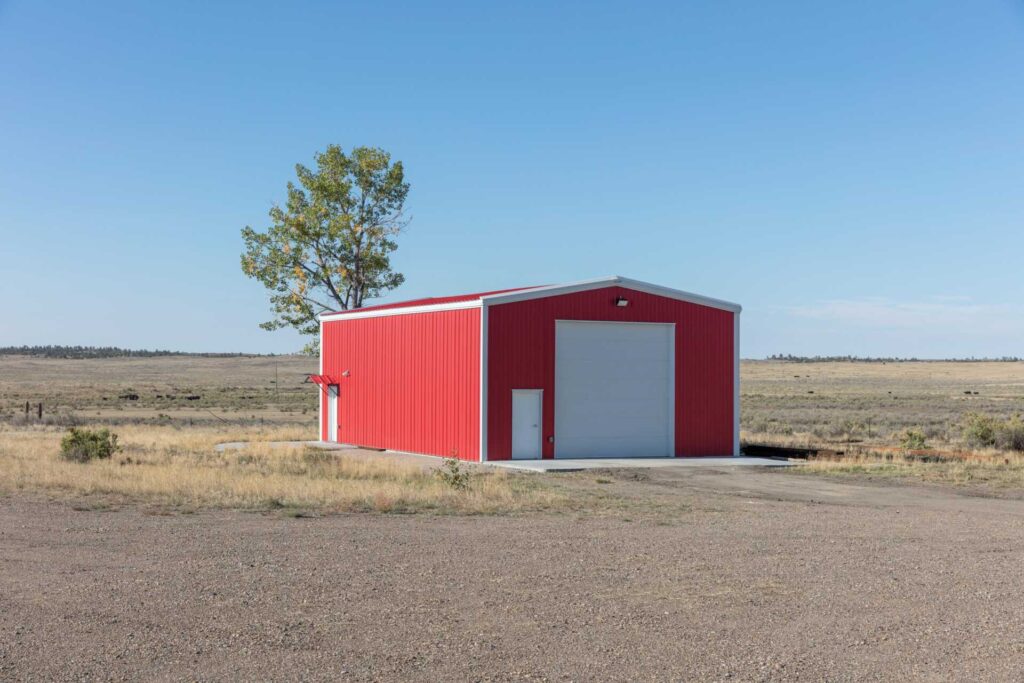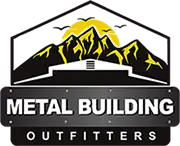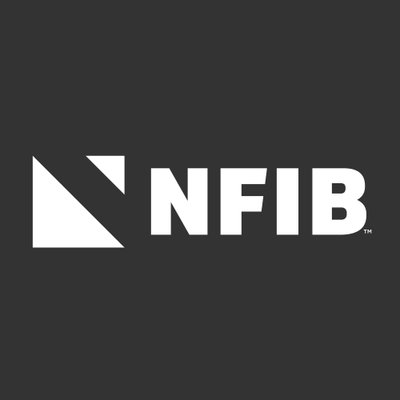
Contents
When moving through the terrain of industrial steel construction budgeting, imagine a toolbox filled with cost-efficient solutions waiting to be explored. From cutting-edge pre-engineered metal buildings to the efficiency of metal building kits, there are various paths to explore. But how can you ensure you’re making the most budget-friendly decisions without compromising quality and sustainability? Let’s uncover the strategies and techniques to help you strike the perfect balance between affordability and excellence in your industrial steel construction projects.
Key Takeaways
- Utilize recycled steel materials for cost efficiency and environmental benefits.
- Opt for pre-engineered metal buildings to reduce construction costs.
- Implement value engineering to maximize cost savings without compromising quality.
- Consider streamlined construction processes to minimize labor expenses.
- Compare multiple bids and negotiate terms for competitive pricing.
Pre-Engineered Metal Buildings
When budgeting for industrial steel construction projects, consider the cost-effectiveness and efficiency of utilizing pre-engineered metal buildings. These structures offer a range of customizable options, allowing you to tailor the design to your specific needs while maintaining affordability.
The ability to customize features such as size, layout, doors, windows, and finishes ensures that the building meets your exact requirements, providing a sense of ownership and belonging to the space.
Furthermore, pre-engineered metal buildings are recognized for their energy-efficient designs. These buildings can be insulated to reduce heat transfer, keeping the interior cool in the summer and warm in the winter. Additionally, the use of energy-efficient windows and doors can further improve the overall energy performance of the structure, saving you money on heating and cooling costs in the long run.
Metal Building Kits
Consider the versatility and cost-effectiveness of metal building kits when planning your industrial steel construction project. Metal building kits offer a range of benefits that can streamline your construction process and help you stay within budget. Here are some key points to keep in mind:
Customization Options: Metal building kits come with a variety of customization options, allowing you to tailor the design to fit your specific needs. From choosing the size and layout of the building to selecting features like windows, doors, and insulation, you have the flexibility to create a space that works for you.
Cost Effectiveness: Metal building kits are known for their cost-effectiveness compared to traditional construction methods. With pre-engineered components and straightforward assembly instructions, you can save on labor costs and construction time.
Durability: Metal building kits are constructed using high-quality steel, making them durable and long-lasting. This durability translates to reduced maintenance costs over time, adding to the overall cost-effectiveness of the project.
Quick Construction: The prefabricated nature of metal building kits allows for quick and efficient construction. This can help you save time on your project schedule and start using the building sooner.
Energy Efficiency: Many metal building kits have energy-efficient features that can help you reduce long-term energy costs. From reflective roofing to insulation options, these kits are designed with sustainability in mind.
Recycled Steel Materials
Utilizing upcycled steel materials in industrial steel construction projects offers an eco-conscious and cost-efficient alternative to traditional steel production methods. By incorporating eco-friendly practices into your construction projects, you contribute to a greener environment and benefit from wallet-friendly options that can enhance your financial results.
Green building is a growing trend in the construction industry, and using upcycled steel materials aligns perfectly with this movement. These materials are sourced from scrap metal, reducing the reliance on new steel production and the associated energy consumption and carbon emissions. As a result, you contribute to the conservation of natural resources and help minimize the environmental impact of your construction projects.
In addition to supporting eco-conscious practices, opting for upcycled steel materials can also be a budget-friendly solution for your industrial steel construction projects. These cost-effective options allow you to save on material expenses while still maintaining the structural integrity and quality of your buildings.
Optimal Design Efficiency
When aiming for the best design efficiency in industrial steel construction, consider the key points of design cost savings, efficient material selection, and a streamlined construction process.
By focusing on these aspects, you can effectively manage your budget and ensure that your project is completed with maximum efficiency.
Implementing strategies that prioritize these points will lead to a more cost-effective and streamlined construction process.
Design Cost Savings
To achieve the best design efficiency and maximize cost savings in industrial steel construction, prioritizing streamlined structural solutions is essential. When aiming for design cost savings, consider the following strategies:
Utilize standardized components: Opt for commonly used steel elements to benefit from economies of scale.
Efficient framing systems: Choose cost-effective designs like clear-span or rigid frames to reduce construction time and material waste.
Optimal material selection: Prioritize materials that strike a balance between durability and affordability.
Minimize complexity: Simplify the design to decrease fabrication and installation labor costs.
Value engineering: Collaborate with engineers to create inventive solutions that save money without compromising structural integrity.
Efficient Material Selection
For best design efficiency in industrial steel construction, focus on selecting materials that strike a balance between durability and affordability. Material efficiency plays a pivotal role in keeping construction costs within budget constraints. When considering options, prioritize cost-effective materials that offer the necessary strength and longevity for the intended purpose. Opt for steel grades that meet structural requirements without unnecessary over-specification, as this can significantly impact the overall project costs.
Explore different finishes and coatings that enhance durability while providing a cost-effective solution. By choosing materials with long lifespans and minimal maintenance requirements, you can reduce future expenses associated with repairs and replacements. Additionally, consider utilizing recycled steel or alternative materials that offer comparable performance at a lower cost.
Evaluate the lifecycle costs of materials to ensure that your initial investment aligns with long-term savings. By strategically selecting materials based on both upfront costs and ongoing maintenance needs, you can achieve optimal design efficiency without compromising on quality or durability. Remember, the key to efficient material selection lies in finding the right balance between cost-effectiveness and performance.
Streamlined Construction Process
Optimizing the construction process involves integrating design efficiency measures to streamline operations and enhance overall project productivity. To ensure a smooth construction timeline and effective budget management, consider the following strategies:
Early Collaboration: Engage key stakeholders from the beginning to align goals and expectations, reducing delays and rework.
Digital Tools Utilization: Implement project management software and Building Information Modeling (BIM) for real-time tracking and coordination.
Prefabrication Techniques: Maximize off-site fabrication to reduce on-site labor hours and potential errors.
Lean Construction Principles: Apply lean methodologies to eliminate waste and enhance resource utilization.
Continuous Monitoring: Regularly review progress against milestones, adjusting plans promptly to maintain project efficiency.
Competitive Bidding Strategies
You need to take into account essential factors like bid evaluation criteria and negotiation techniques when strategizing for competitive bidding in industrial steel construction projects. Understanding the criteria that clients prioritize when evaluating bids can give you an edge in crafting winning proposals.
Additionally, honing your negotiation skills can help you secure favorable terms and agreements, ultimately impacting the overall success of your bids.
Bid Evaluation Criteria
Effective bid evaluation criteria are essential for selecting the most competitive bids in industrial steel construction projects. When analyzing costs and selecting vendors, consider the following points:
Cost Analysis: Compare the total cost of each bid, including labor, materials, and any additional fees.
Vendor Experience: Evaluate the vendor’s past experience with similar projects to ensure they can deliver quality work.
Timeline Adherence: Assess the proposed timeline for completion and the vendor’s ability to meet project deadlines.
Quality of Materials: Examine the specifications of materials proposed by each vendor to ensure durability and longevity.
References and Reviews: Look into references and reviews from previous clients to gauge satisfaction levels and the vendor’s reputation in the industry.
Negotiation Techniques
Utilize strategic negotiation methods to enhance competitive bidding strategies in industrial steel construction projects. Negotiation plays a significant role in achieving cost reduction and effective budget management throughout the construction process. When engaging in negotiations with suppliers, subcontractors, or vendors, it’s vital to clearly define your requirements and expectations upfront. By establishing clear communication channels and fostering positive relationships, you can create a conducive environment for successful negotiations.
One effective approach is to gather multiple bids from different vendors to create a competitive environment. This helps in driving costs down and also provides options for selecting the most cost-effective solution without compromising on quality. Additionally, being open to negotiating terms and conditions, such as payment schedules or delivery timelines, can further contribute to overall cost reduction.
Furthermore, maintaining a collaborative approach during negotiations fosters trust and encourages all parties to work towards a mutually beneficial agreement. By implementing these negotiation methods, you can enhance budget management and achieve affordability in industrial steel construction projects.
Value Engineering Techniques
Value engineering techniques play a crucial role in enhancing costs and maximizing efficiency in industrial steel construction projects. Here are five strategies that can help you achieve cost-effective alternatives and project enhancement:
Material Selection:
Careful evaluation of different steel grades and finishes can lead to cost savings without compromising quality. Choosing materials that offer the best balance between performance and price is key.Value Analysis:
Conducting a thorough analysis of the project requirements and identifying areas where costs can be reduced, or efficiency improved is vital for value engineering. This can involve reevaluating design elements or construction methods.Collaborative Planning:
Involving all project stakeholders early on allows for better communication and alignment of goals. Collaborating with architects, engineers, and contractors can lead to inventive solutions that enhance both cost and performance.Life-Cycle Cost Analysis:
Considering the long-term costs of materials, maintenance, and operation can help in making informed decisions during the design phase. Looking beyond initial expenses to evaluate the overall life-cycle cost is a valuable strategy.Continuous Improvement:
Implementing a feedback loop to gather insights from past projects can drive continuous improvement. Learning from successes and failures enables the refinement of project enhancement strategies for future endeavors.
Summary
When budgeting for industrial steel construction projects, remember that ‘a penny saved is a penny earned.’
You can achieve affordability without compromising on quality or sustainability by utilizing pre-engineered metal buildings, metal building kits, recycled steel materials, efficient design, and competitive bidding strategies.
Value engineering techniques can further maximize cost-effectiveness.
Keep these factors in mind to ensure a successful and cost-efficient industrial steel construction project.
Recent Posts
Maximize Longevity With Metal Garage Solutions
When you consider investing in a metal garage, metal solutions offer a remarkable blend of
What Are the Benefits of Tailored Metal Structures?
Imagine a well-crafted suit tailored to fit perfectly; that’s how tailored metal structures operate in
3 Tips for Long-lasting Metal Commercial Structures
When it comes to metal commercial structures, you’ll want to focus on a few key




